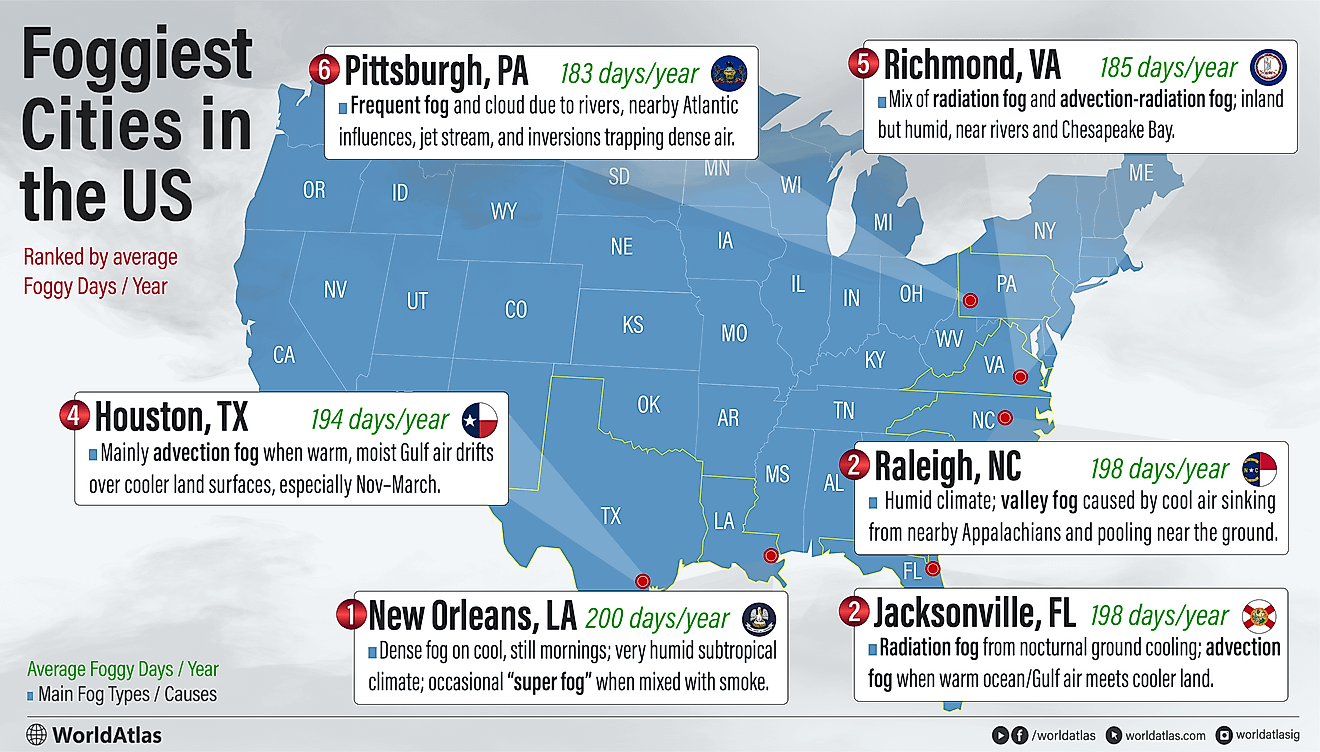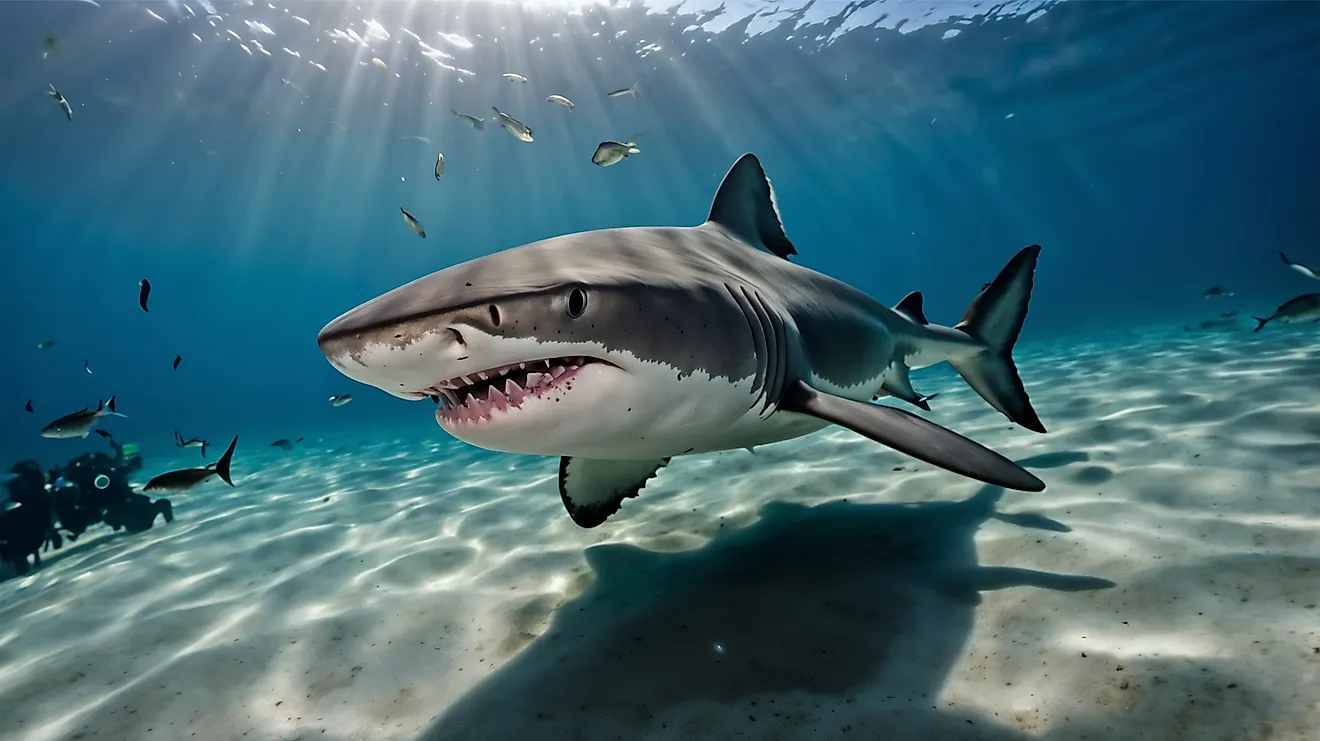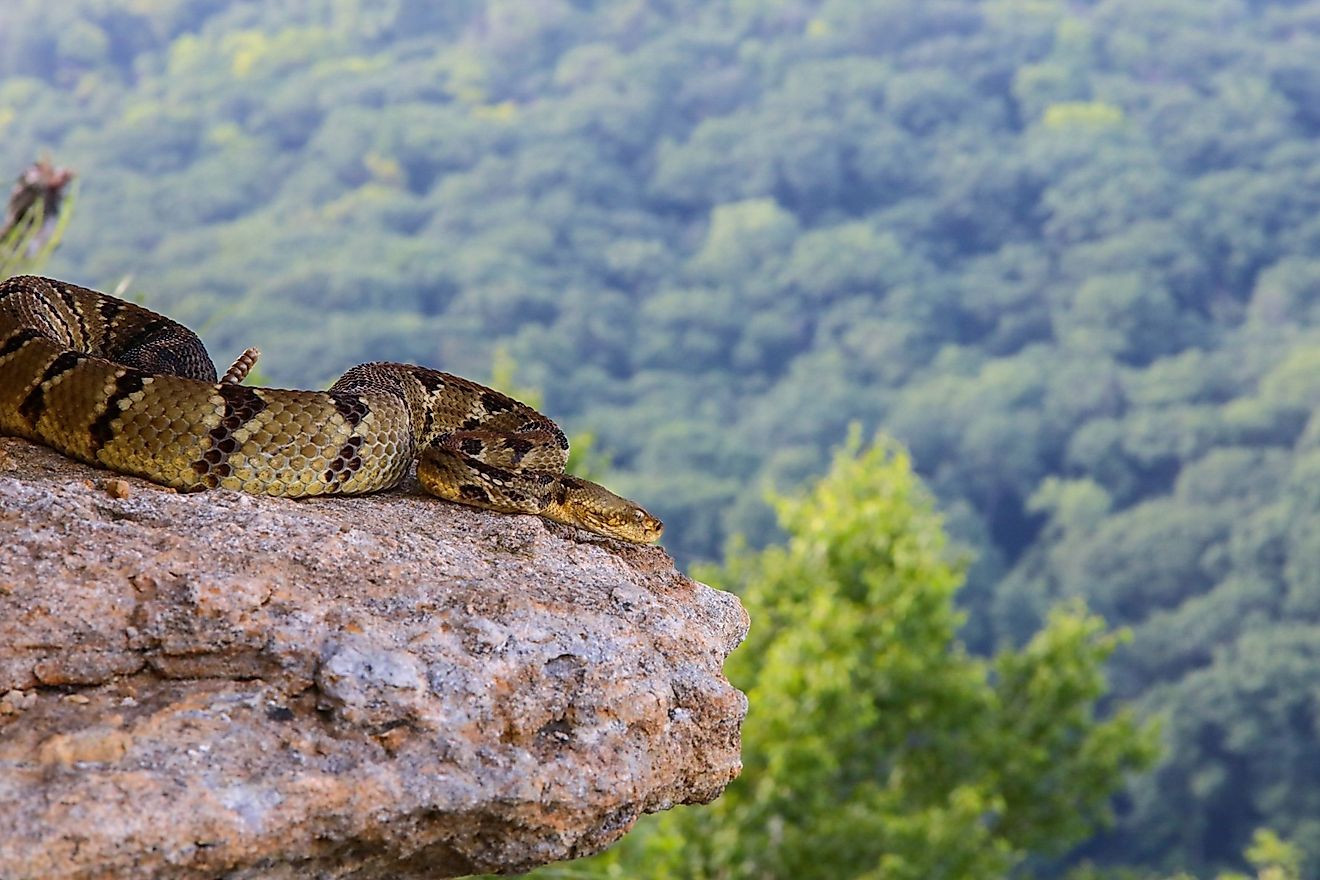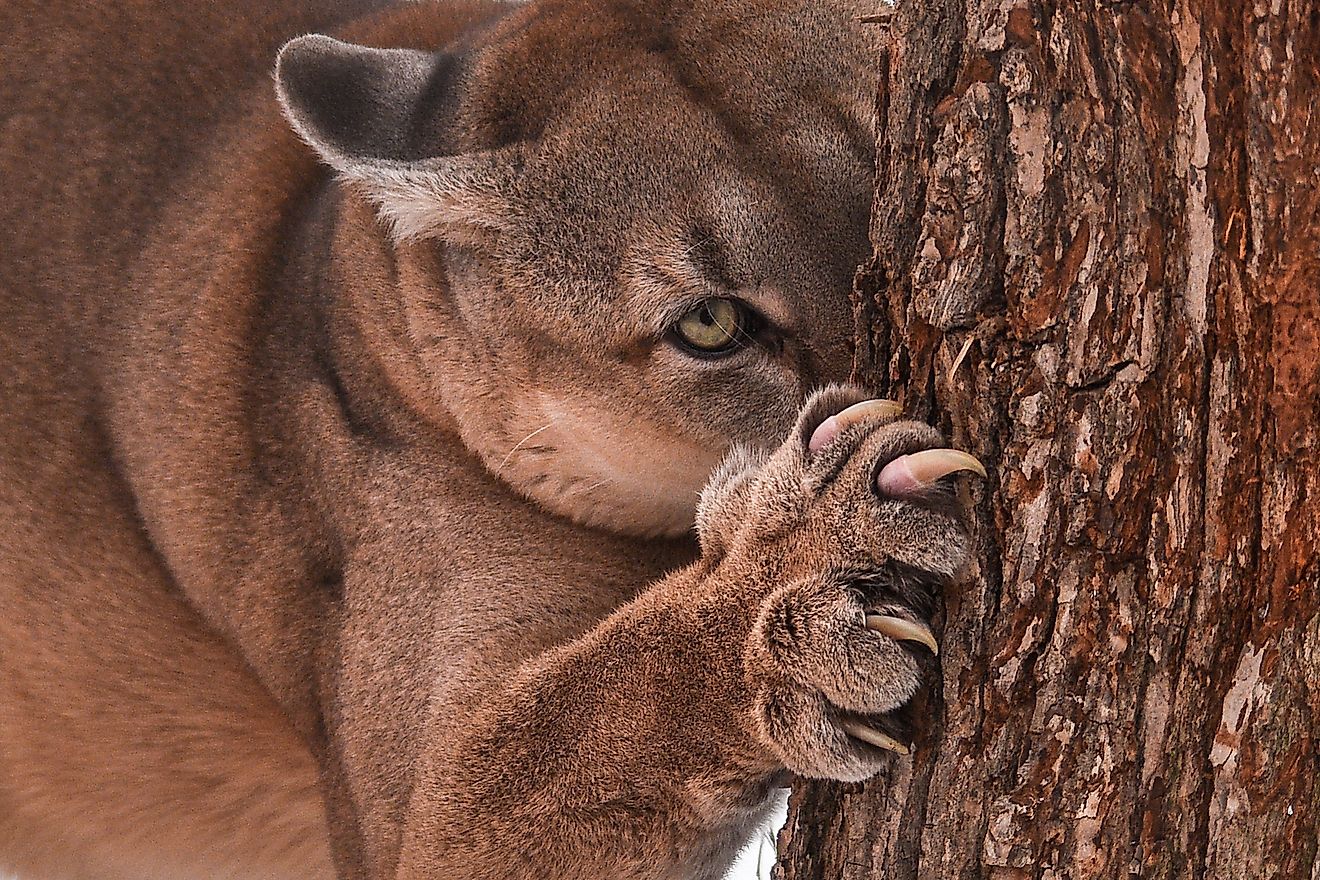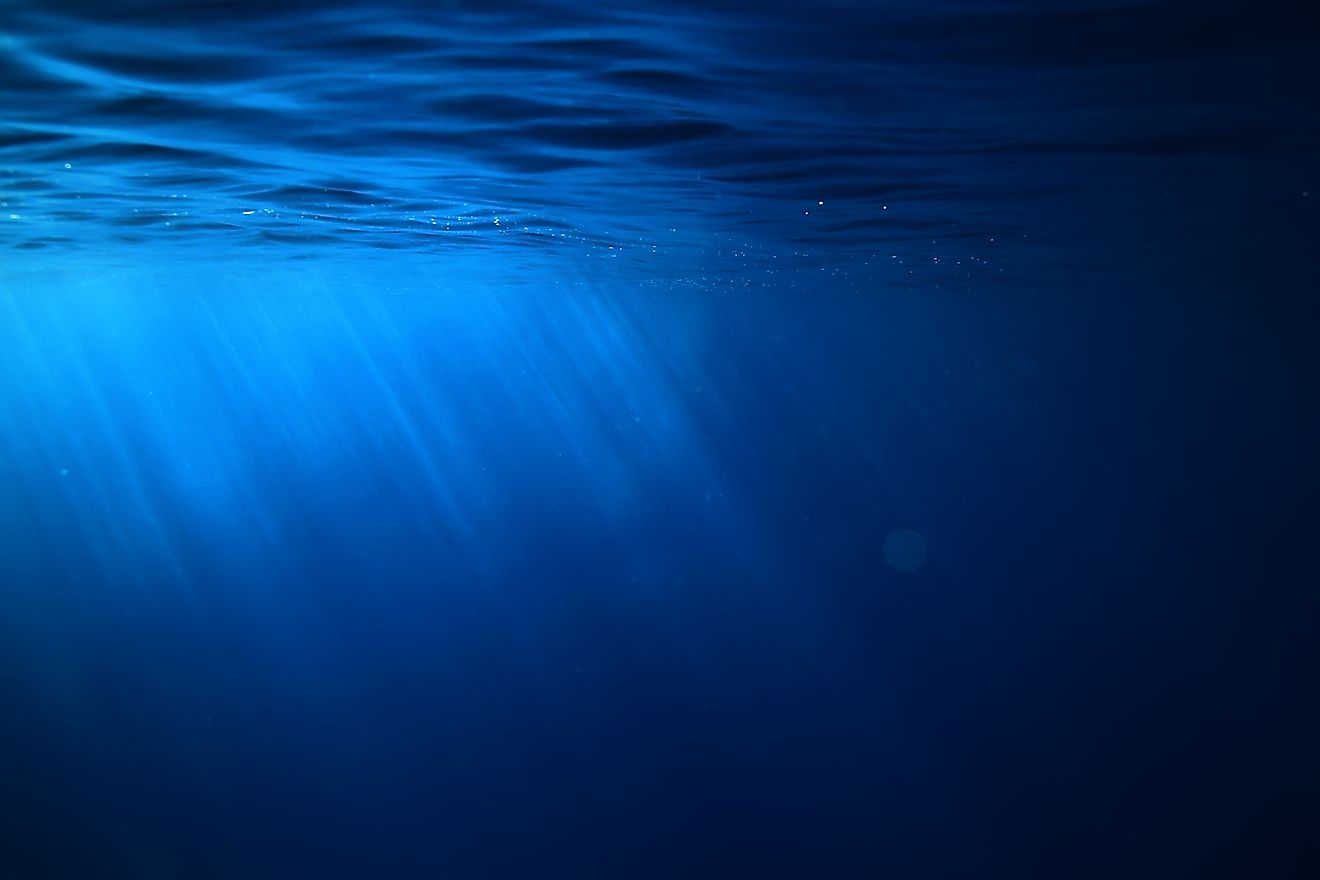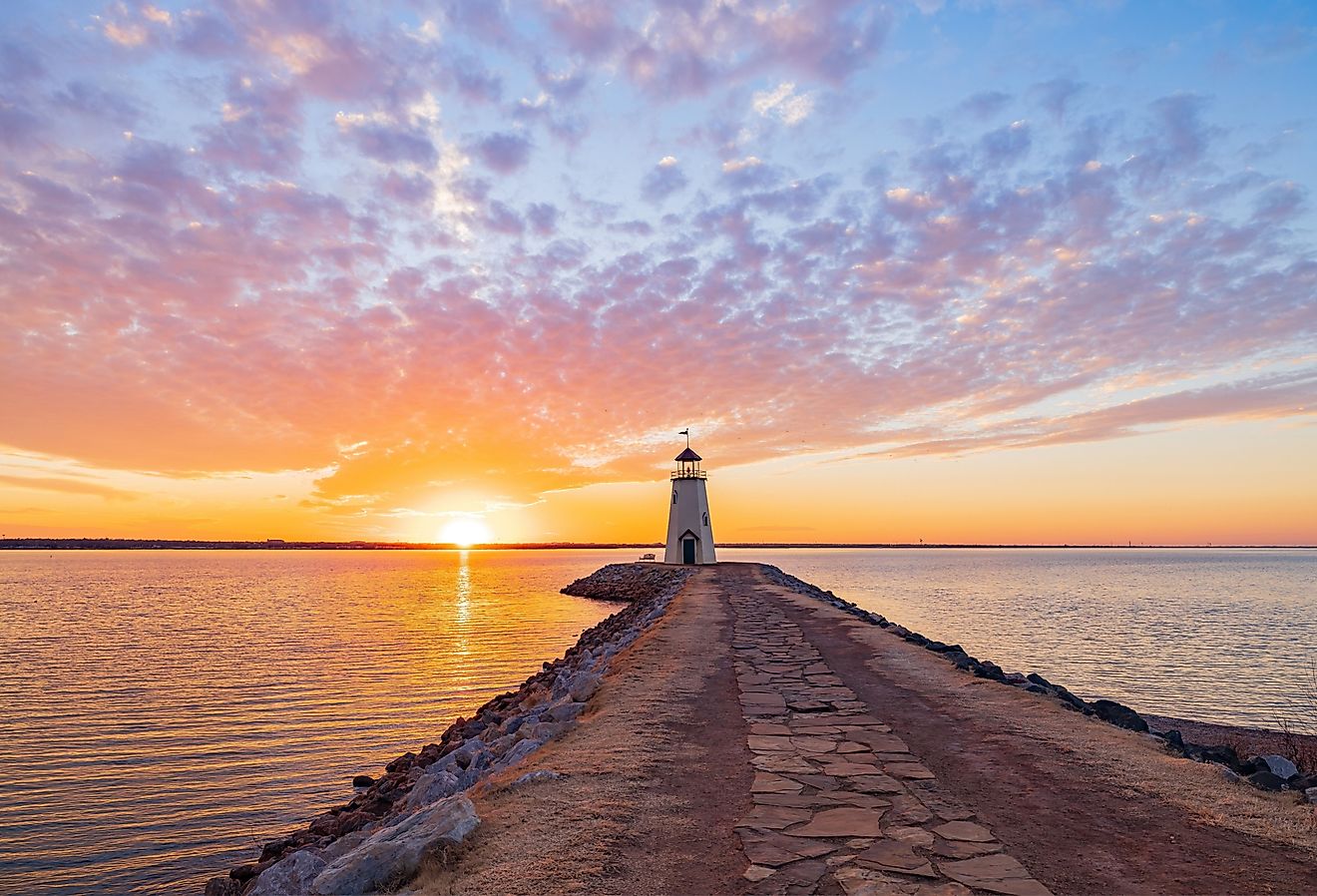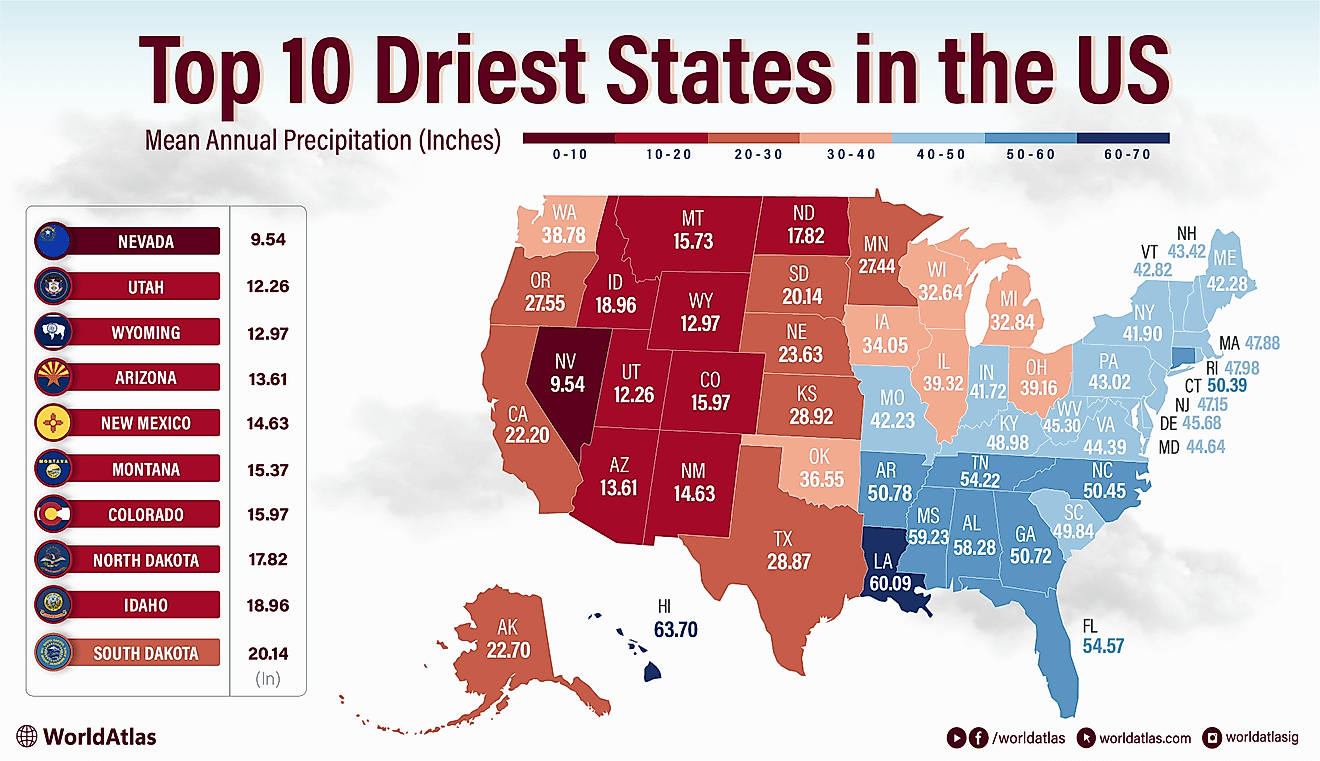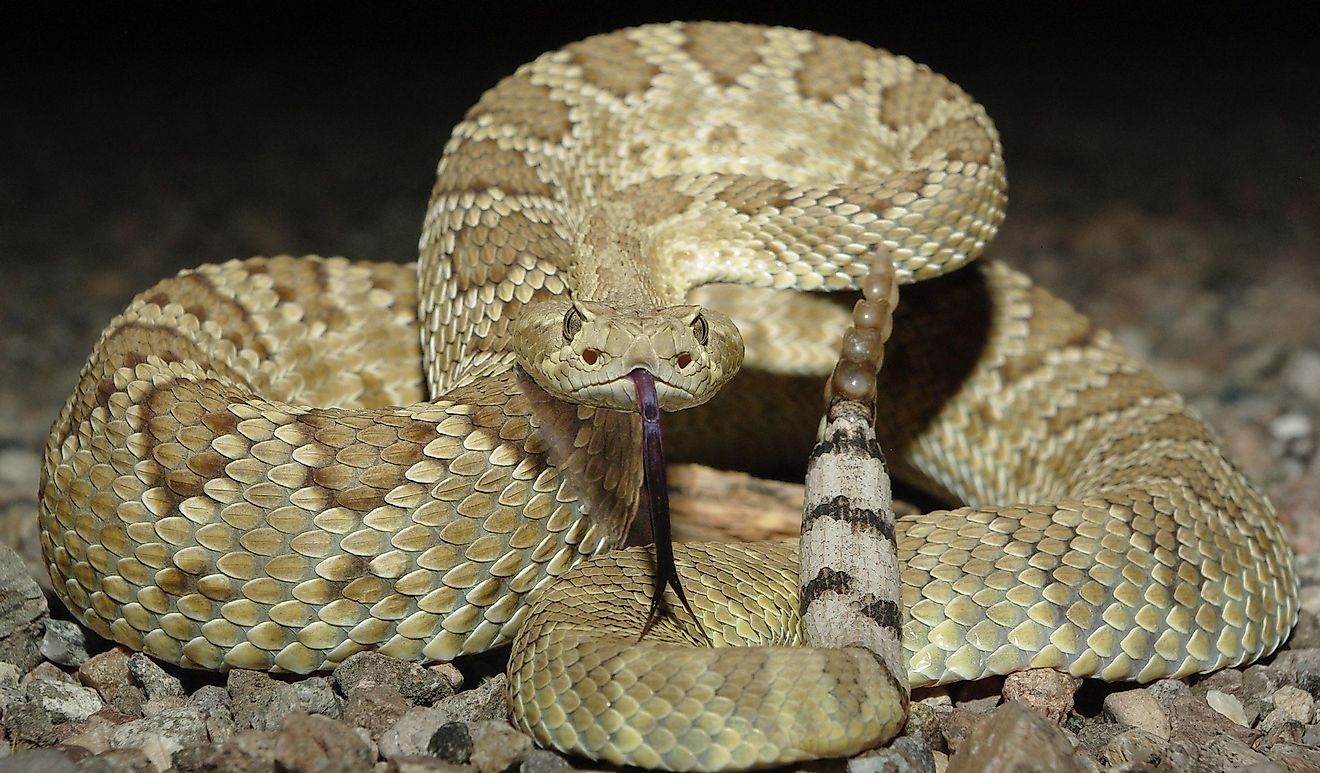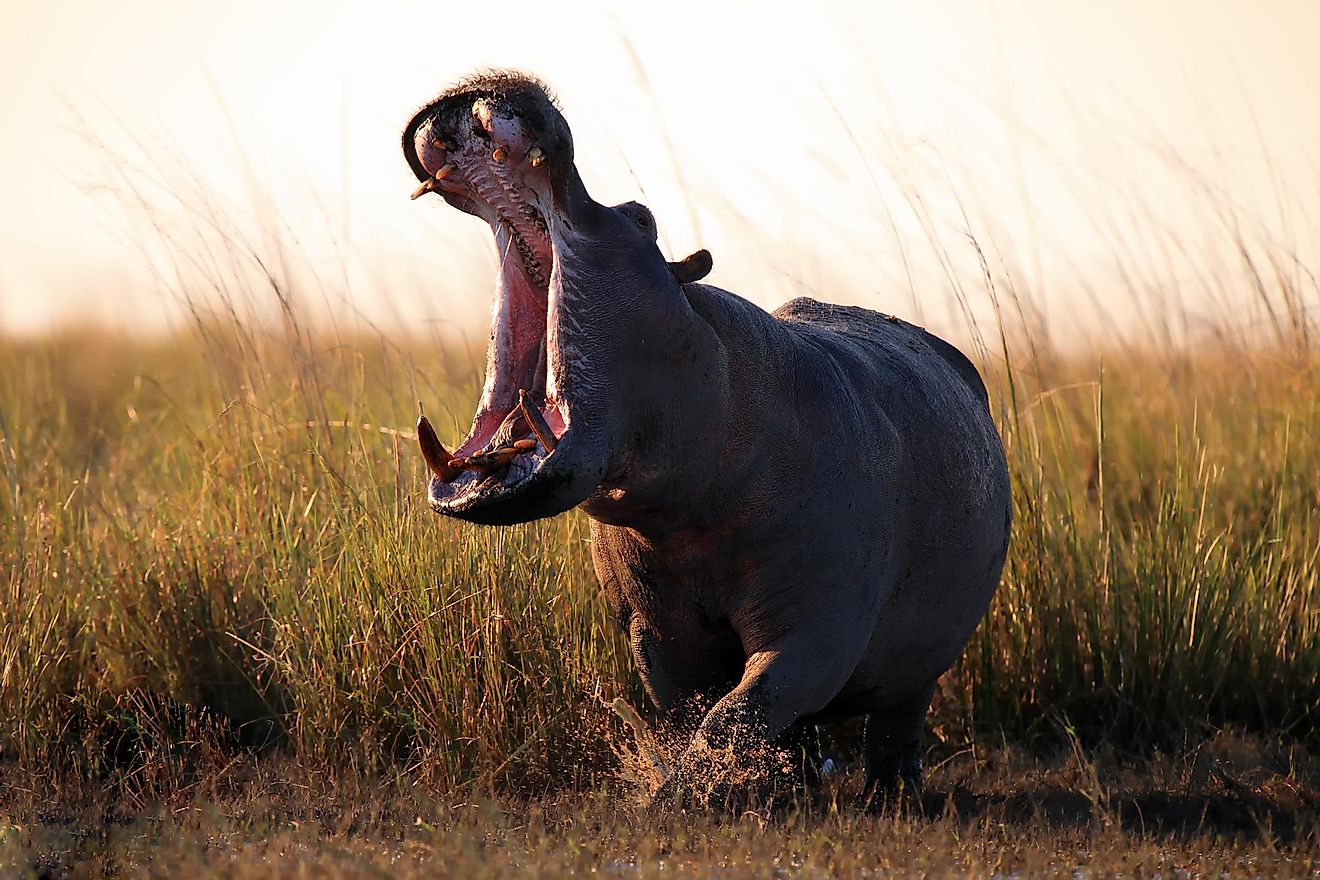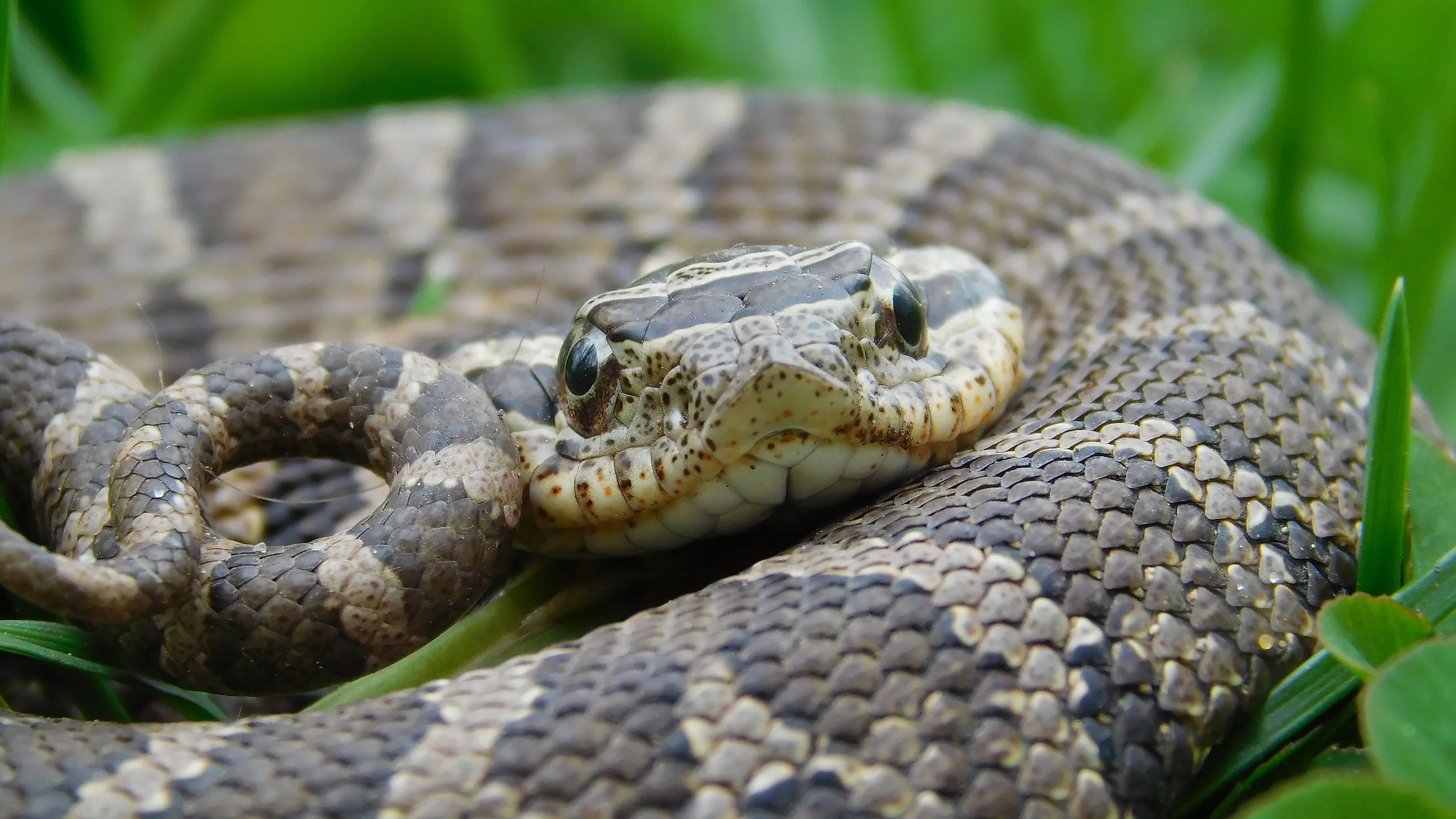
The Most Snake Infested Lakes in Kansas
The landlocked state of Kansas is home to a surprisingly diverse snake population. There are nearly forty species of snakes within the ecosystems of Kansas and many lakes and reservoirs where they might be lurking close by. Luckily for locals and visitors alike, only 5 of them are venomous, and there have been no recorded deaths from snake bites in over 50 years, so chances are slim any of them will pose a real threat, but that doesn’t make it any less unsettling to come across one in the wild if you’re the least bit skittish about snakes. More than likely, if you’re enjoying one of the many beautiful lakes Kansas has to offer, you will cross paths with one or two. The following is a list of the most snake-infested lakes in Kansas.
Lone Star Lake
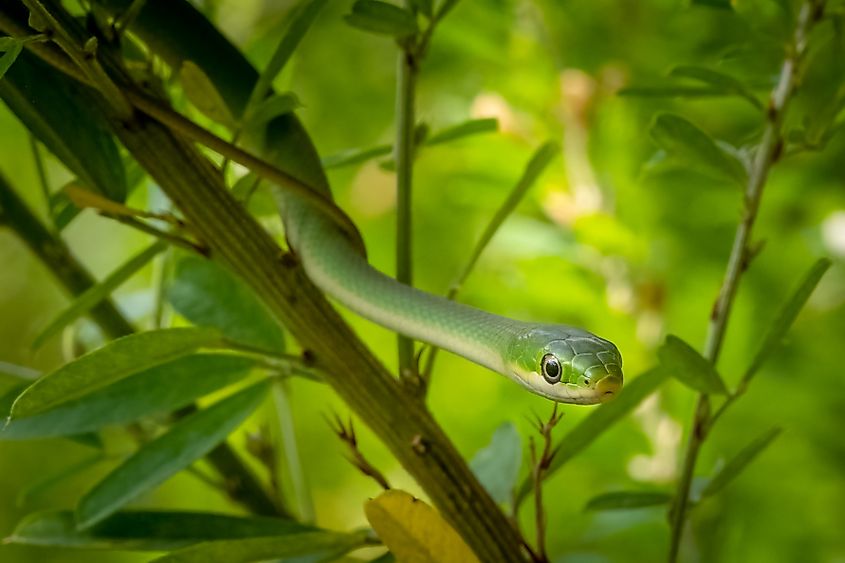
Lone Star Lake is a real treasure within the borders of Douglas County, Kansas. It is a completely man-made lake stretching over 185 acres. Visitors enjoy camping, water recreation, fishing, and so much more, making it an attractive destination for those who enjoy the great outdoors. It may also be an attractive destination for snakes as well, providing a naturally abundant habitat for certain species to thrive. One of the species of snakes that may be encountered here is the Rough Green snake. It has a bright green, slender body and yellow underbelly, which are easy to recognize and are most active during the day. If one slithers past your toes as you’re hiking nearby trails around the lake, you can rest assured they are completely harmless. The Rough Green snake’s diet consists only of insects.
Wilson Lake
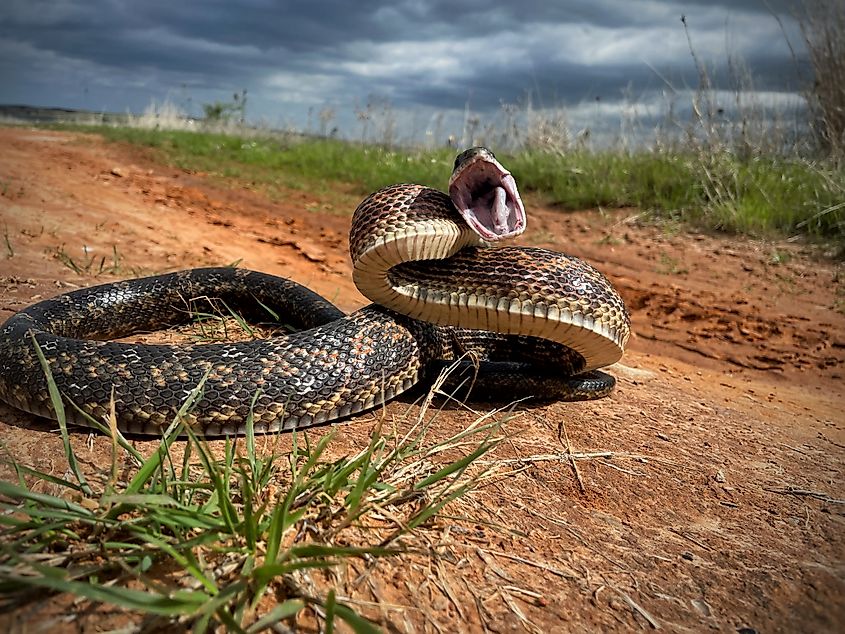
Wilson Lake, also known as Wilson Reservoir, is thought of as one of the most beautiful areas in Russell County, Kansas, spanning 9,000 acres. The shorelines of Wilson Lake are rugged, and there are a variety of outcroppings and cliffsides, which is prime real estate for a variety of wildlife, including bears, deer, waterfowl, and many more. When it comes to snakes, there is a likelihood of encountering the Western Rat Snake, which has been sighted in this region of Kansas. Known for its keeled scales, black body, head, and tail, it also has a cream-colored belly with blotchy patches. Its natural habitat includes hillsides, wooded areas, and large bodies of water. Though it is harmless to humans, animals such as rodents, birds, and rabbits are not so fortunate as they are the main staples of the Western Rat Snake’s diet.
Clinton Lake
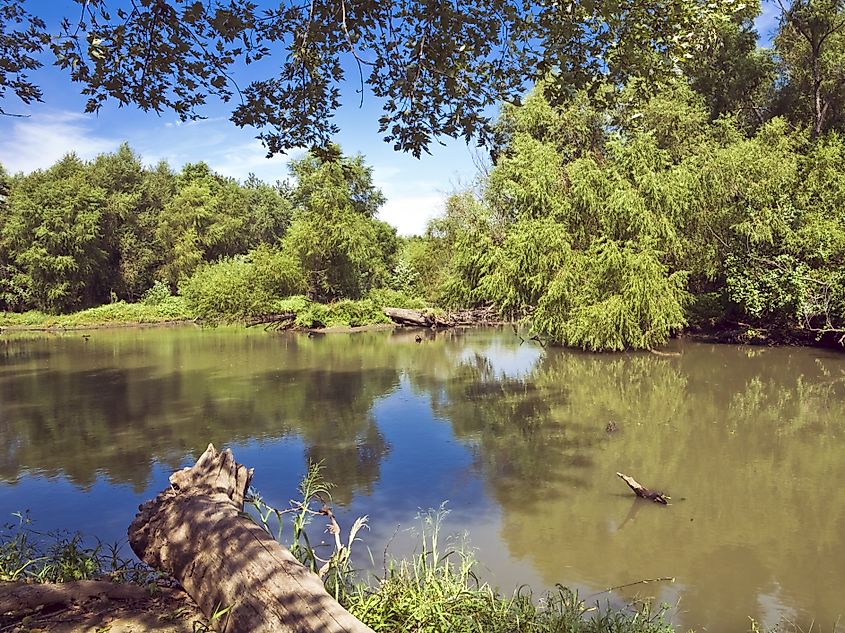
Clinton Lake is another jewel in the crown of Douglas County, Kansas. It is a favored outdoor destination, prized for its clear blue waters. It is used for boating, fishing, and recreation and provides over 50 miles of hiking trails. It also provides a water supply for 10,000 people as well as flood control in the local area. Measuring 9,200 acres in size, Clinton Lake enjoys an abundant habitat for many animals such as Great Blue Herons, gulls, White-Tailed Deer, and cormorants, to name a few. The Gopher Snake is one of the snake species to watch out for at Clinton Lake, easily identified because it will often hiss if approached, most likely hiding in the nearby woods. Though it surely can cause fright if encountered, don’t let its hiss scare you; the Gopher Snake is totally harmless.
Milford Lake
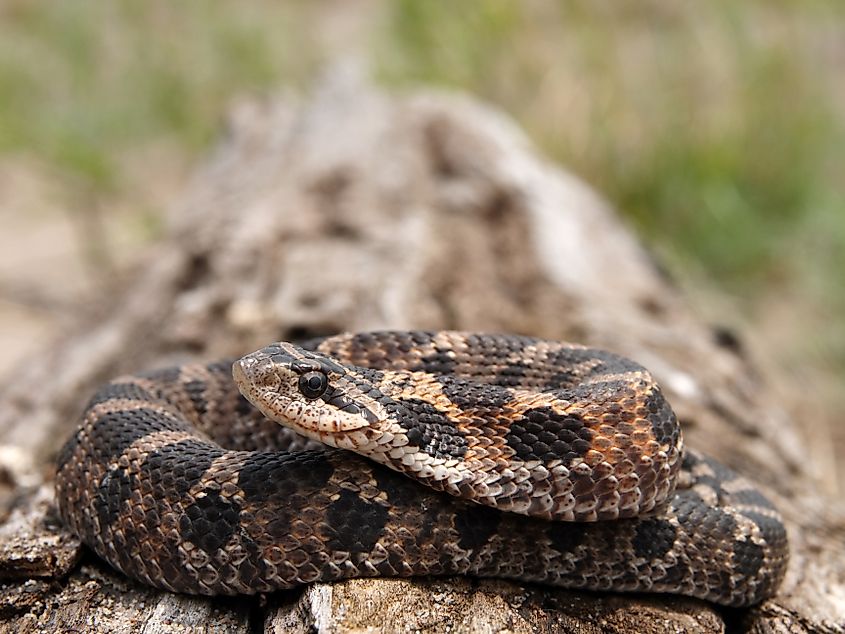
Geary County is the location of Milford Lake, the largest lake in all of Kansas. It is tucked in along the famous Flint Hills and features over 160 miles of shoreline, including sandy beaches and boat launches for recreational purposes. Visitors also enjoy camping, canoeing, and kayaking. The Eastern Hog-Nosed snake might slither across your path as you enjoy your visit at Milford Lake, but don’t let its upturned snout, bulky body, and rough scales give you a fright. They like to lurk near water and in the forest but are not harmful to humans. there is only one item on the menu for this species of snake, and that is toads. Toads are the only prey of the Eastern Hog-Nosed snake, making them an integral part of the Milford Lake ecosystem as they serve to control the toad population.
Hillsdale Lake
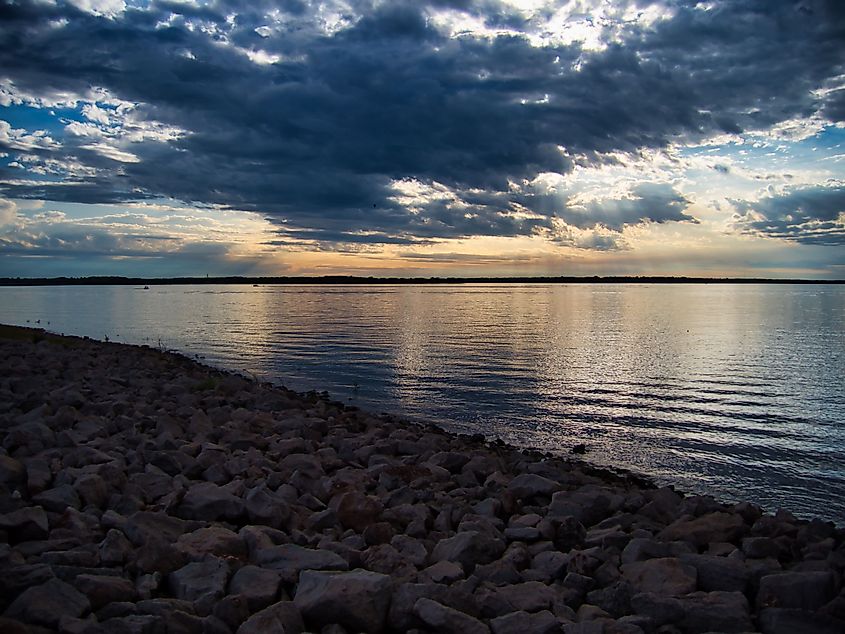
Hillsdale Lake is located in Miami County, Kansas. Like many lakes and reservoirs, it is managed by the U.S. Army Corps of Engineers, who oversee flood control, water supply, and damage prevention. The lake is perfect for outdoor recreation, covering nearly 4,600 surface acres with 8,000 acres of surrounding public lands. It’s common to see a true Water Snake while enjoying these waters, as the area is part of their natural habitat. They are the least aquatic of Kansas water snakes and prefer lakes and mountain streams. They can be identified by their dark brown color and cream-colored belly, and they typically grow about 55 inches long. When trying to identify another snake in the area, the Graham’s Crayfish Snake is distinguished mainly by its diet, which is strictly crayfish. Water snakes in this region also usually eat frogs and fish.
Falls River Lake
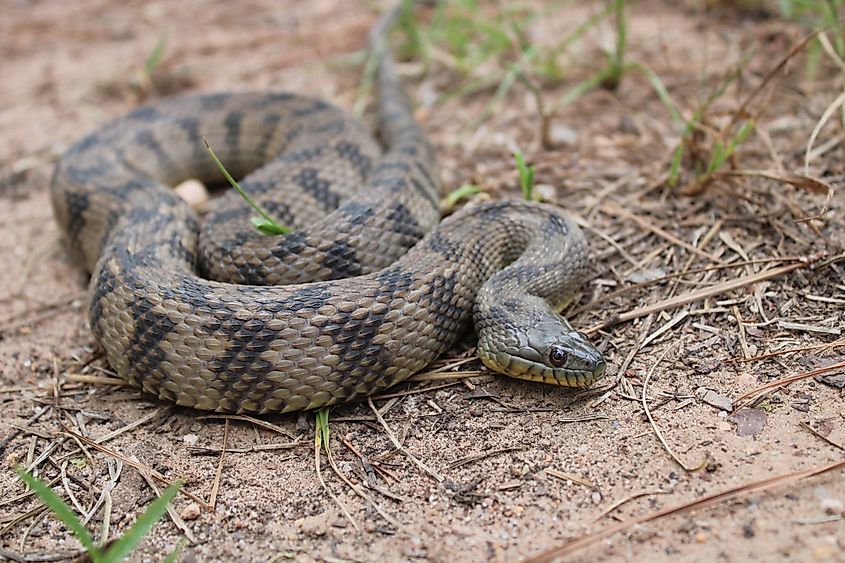
Falls River Lake, in Greenwood County, Kansas, showcases its natural beauty and the variety of wildlife thriving within this diverse region, which includes savannahs, tallgrass prairies, and a wide range of plant life in forested floodplains. It is surrounded by 9,000 acres of protected wildlife area where doves, quail, and many other animals thrive. It is also home to the Diamondback Water Snake, known for its dark spots shaped like half moons on a yellow belly. This snake is non-venomous and should not be confused with the highly venomous Diamondback Rattlesnake. The rattlesnake has dark bands of color on an otherwise light-colored body. The habitat of the Diamondback Water Snake includes lakes, swampy areas, and marshes. They are diurnal hunters, but in summer, they can be nocturnal, so they likely won’t be active during the day and are harmless to humans. If one is seen during daylight, it is probably basking in the sun on a log or rock.
Melvern Lake
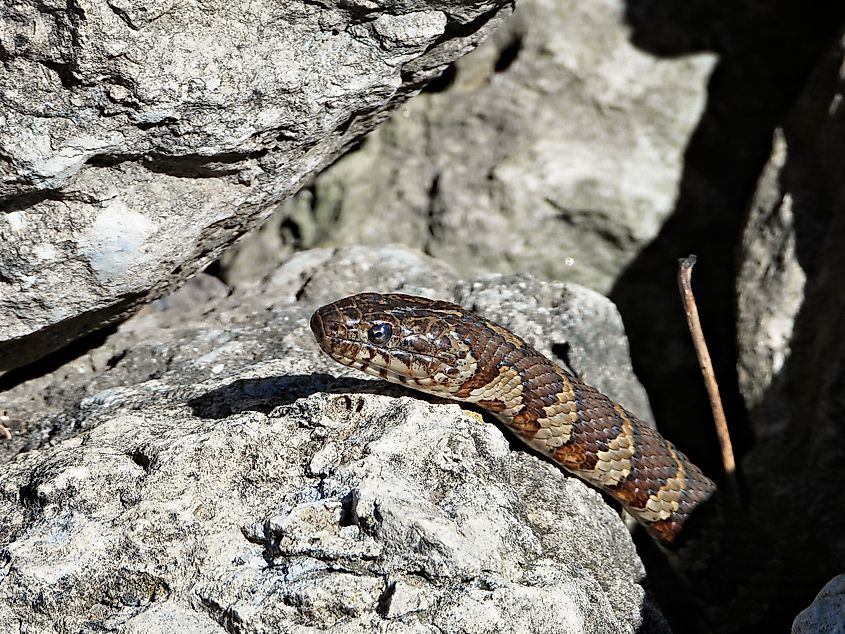
Osage County is home to Melvern Lake, located within the Kansas Flint Hills Region. Covering 7,000 acres, it’s a haven for nature enthusiasts, surrounded by 18,000 acres of land designated for public use. Visitors can enjoy serviced campsites, stunning sunsets, and fresh water. Hunting is also allowed at Melvern Lake during the season. The Common Water Snake is common in this area, feeding on toads, fish, and frogs. It looks similar to the Diamondback water snake, with half-moon-shaped speckles, and lives wherever there is water. Their diet includes toads, fish, and frogs, but they are completely harmless to humans. Still, they can startle you if they happen to slip past your legs while you're swimming at Melvern Lake.
The State of Kansas is a natural paradise for wildlife. Large stretches of untouched grasslands and forests surround some of the region's best lakes and reservoirs. Snake populations thrive here thanks to healthy ecosystems, and they play an important role in their habitat. Of the 40 species found in Kansas, it is rare to encounter a venomous snake, but there's a good chance you'll see at least one of the snakes listed here, so stay alert and watch your step!
